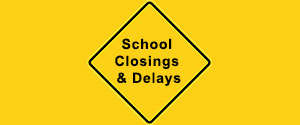
As pest control specialists, we truly believe that the main purpose for pest services is to maintain public safety and protect property.
With these goals in mind, it is also important to be in the position to be a guardian of the environment that we live in. One of the most important things we can do is to protect our pollinators.
There are times when bees and humans collide, and a decision must be made as to whether a bee presence endangers the health or safety of the public or is in an area that may endanger property. At that time, some bees may need to be moved or eliminated.
Most of the time, however, bees -- especially honeybees -- are so very beneficial they must be protected. Did you know that the honeybee is the most efficient pollinator known to man?
In fact, if it were not for the ability of the honeybee to pollinate so efficiently most foods that feed humans and animals, we would not exist and there could be a collapse of the food chain.
Bottom line is that honeybees are our friends and should be cared for and protected when possible.
Honeybee hives may have upward to 60,000 individuals all working together to produce honey, which is the most produced food that is able to be consumed as a food source by humans in large quantities. The honeybee may visit over 2,000 flowers per day to bring back enough pollen to maintain the colony and feed its inhabitants plus create a food source for humans.
Even back in ancient times the Egyptians, Mayans and other civilizations not only used honey but also realized the value of pollination of plants for food and nourishment.
Honeybees are great survivors. They must maintain a hive temperature of about 93 degrees. During hotter temperatures they must flap their wings 12,000 to 15,000 times per minute to cool off the hive; and in colder temperatures they must cluster together to maintain proper colony temperature.
Honeybees must be protected.
One way to do so is to not spray plants or flowers with pesticides while they are flowering. Pesticides should be used according to the label with pollinator restrictions in mind.
Let us work together to protect our environment and still be able to use pesticides responsibly to protect the health, safety and property of humans.






